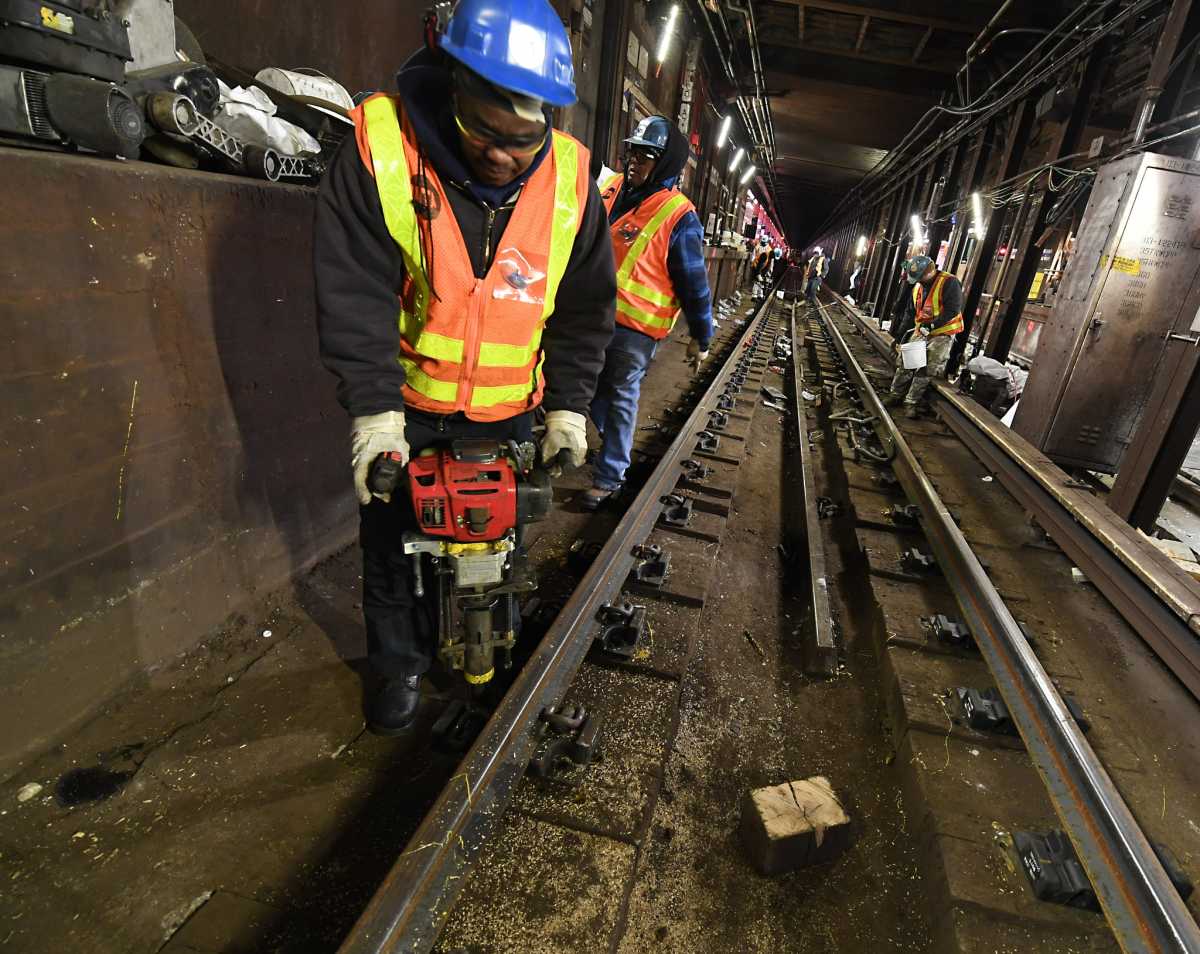MTA Secures New Funding: What New Yorkers Need to Know
The Metropolitan Transportation Authority (MTA) is the backbone of New York’s transit system. Every day, it connects millions of people across the city and its suburbs. The agency’s future recently took a significant step forward, thanks to a major funding deal in the new state budget. Let’s dive into how this development shapes the MTA’s capital plan, impacts local businesses, and ensures safer, more reliable transit for all New Yorkers.

New York State Budget: A Win for the MTA
The newly agreed-upon $254 billion state budget is a game changer for the MTA. Governor Kathy Hochul announced that the next five-year capital plan, valued at $68 billion, will finally have dedicated funding. This deal comes after weeks of debate and a late agreement. Most of the funding will come through an increase in the payroll mobility tax, affecting larger employers in the metropolitan area.
Importantly, small businesses in the region won’t carry as much of the burden. In fact, many will see their payroll taxes reduced by half. Larger companies, whose employees rely heavily on public transit, will see a modest increase in their contributions. As reported by amNY, this balanced approach is designed to protect smaller businesses while ensuring that major employers help support a crucial service for the entire region.
Where Will the MTA Funding Go?
The capital plan covers more than just the routine running of subway trains and buses. It backs major infrastructure projects, including power system upgrades and the new Interborough Express rail line between Brooklyn and Queens. Funds previously earmarked for projects like Penn Station’s redevelopment (now led by the federal government) will also be redirected to the capital plan.
State, city, and federal support will round out the rest of the needed resources for the MTA’s largest-ever investment. According to Newsday, this deal will generate $1.4 billion annually just from the payroll tax hike, empowering the MTA to finance long-term improvements. Safety, accessibility, and upgraded trains—especially for the Long Island Rail Road—are key priorities.
The Impact on Riders and Businesses
The plan has drawn praise from transit advocates and business leaders. Danny Pearlstein of the Riders Alliance notes it ensures the city’s infrastructure stays safe and efficient, despite concerns about potential federal funding cuts. Lisa Daglian from the Permanent Citizens Advisory Committee to the MTA highlights that improved transit will increase ridership and support the regional economy.
There are critics, too. Some lawmakers and business owners question the added tax burden for larger employers. Nevertheless, leaders believe the benefits of a “future-proof, modernized, safer, faster, more accessible transit system for our region” far outweigh the drawbacks.
Challenges Ahead
While the agreement marks a big victory, challenges remain. The deal must be fully approved by the State Legislature. The MTA is also required to find $150 million in annual savings, a rigorous goal but seen as necessary by both supporters and critics. Previous deficit crises showed how vital it is for the MTA to stay on budget, something the agency has recently improved.
As always, balancing the needs of commuters, businesses, and taxpayers will be an ongoing effort. The outcome of these funding choices will be closely watched across the region.
Conclusion: Why MTA Matters
A fully funded MTA capital plan is essential for New York to remain dynamic and connected. Investments in modern infrastructure keep the city moving and allow businesses and communities to thrive. Whether you ride the subway daily or only occasionally, these decisions affect everyone in the metropolitan area.
Want to stay informed on the latest about the MTA and regional transportation? Read more insights and updates from The New York Times. The future of New York transit relies on continued investment, smart planning, and the cooperation of everyone who calls this city home.